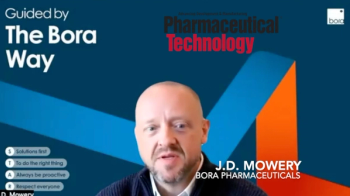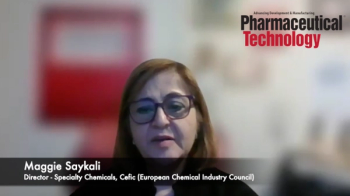
Innovation in Pharmaceutical Manufacturing Requires Justification
Pharma’s lack of manufacturing innovation is its biggest shortcoming; but like any other business, investment in this area will need to be justified.
Pharma has been known for putting a high price tag on its drugs to recoup R&D costs. To a certain extent, such actions can be justified because every business would want to make a profit ultimately, and companies are often under pressure to meet stakeholders’ expectations with good returns on investment while fulfilling the needs of patients by providing drug products of consistent quality. In the same manner, any investment in product development, manufacturing technology, and innovation requires justification, noted Girish Malhotra, president at EPCOT International, and a CPhI expert panel, in the
Malhotra, however, feels that pharma’s lack of manufacturing innovation is the industry’s biggest shortcoming. In the
When it comes to technology innovation, the pharmaceutical industry does the minimum or does it under duress because the regulators want them to, Malhotra said. No doubt, regulatory bodies play a crucial role in shaping the pharmaceutical landscape for product quality. Regulations have been put in place to ensure reproducible processes so that product quality is maintained. Record keeping of manufacturing and test methods are essential according to Malhotra, and it is expected that once followed diligently, processes will produce repeatable quality products.
Malhotra noted that FDA has been encouraging manufacturing innovation but this is not something that can be forced upon the industry because each company will need to have a financial justification before investing in a new manufacturing technology. He also stated that some pharmaceutical companies have claimed to be using continuous manufacturing, but how these continuous processes are defined is not clear.
According to Malhotra’s estimation, the volume of drugs produced at these operations are not large enough to warrant continuous processes and could be easily produced using batch processes. It seems that these companies are labeling their processes to be continuous using a definition that is different from the dictionary and/or industry practiced acknowledged/established definitions, he said.
The bottom line is that manufacturers will have to justify and use the most cost-efficient technology, whether it is batch or continuous, to produce products that are economic and of consistent quality. Malhotra pointed out that although regulators may suggest technologies and methods that the industry should consider, their main function at the end of the day is to regulate. His belief is that excellence ultimately comes from within the company rather than outside.
Source:
Newsletter
Get the essential updates shaping the future of pharma manufacturing and compliance—subscribe today to Pharmaceutical Technology and never miss a breakthrough.




